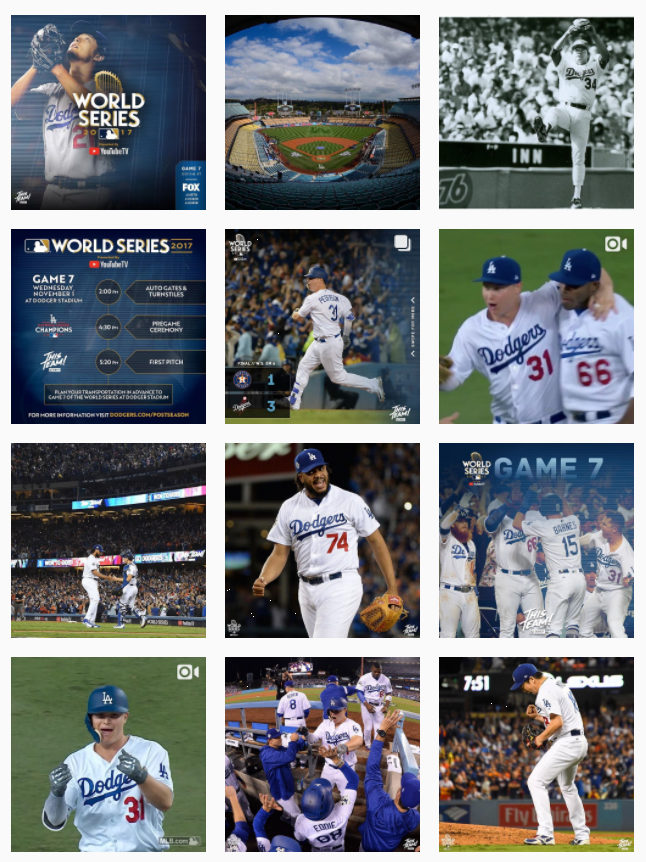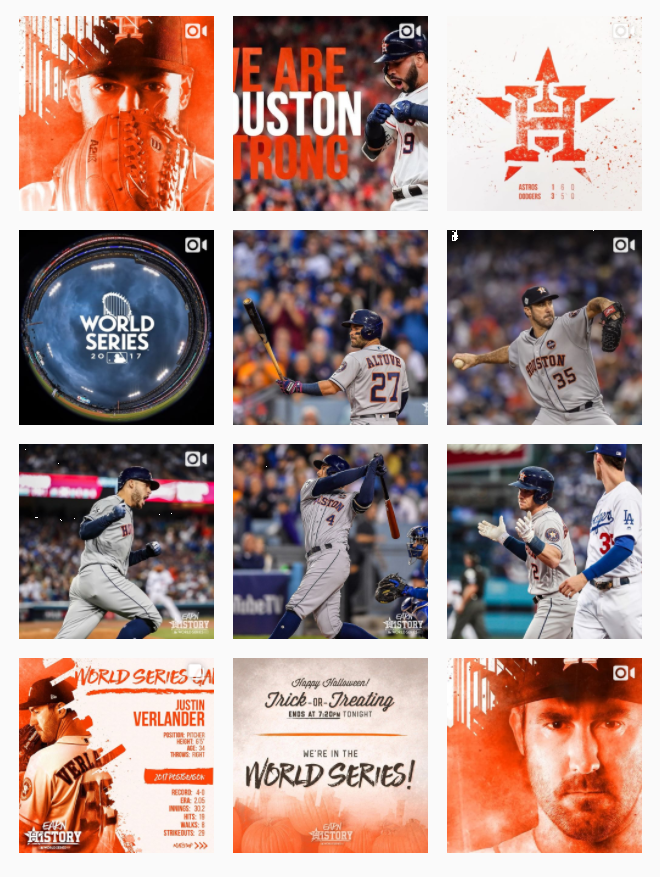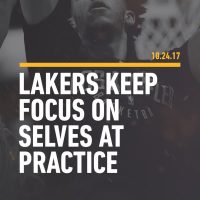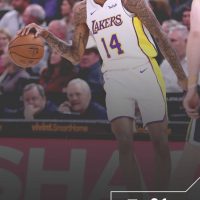The power to connect brands with people is what attracted me to marketing. Iconic brands from Nike to Starbucks understand the power of authenticity, values and strong messaging. And, even more, the power of human emotion.
Good ads are an art. They don’t sell; they move people to stop, pay attention, share and (hopefully) convert. Good ads entertain and connect on more than a superficial level.
This idea of emotion in marketing has been a personal point of interest for me. Years ago I interviewed at Nike (before my time at UA). When I stepped onto campus I cried. Yes, literally. Not because I was a sneakerhead. Because as a marketer, this was the brand that had paved the way in making an emotional connection with consumers, especially in sport. They bought into the idea of entertaining and storytelling above selling. I felt a personal connection.
An quote article in FastCo said it best:
Popular brands had multifaceted personalities. They could make you laugh, or cheer, or lean forward and take notes. They’d stopped hammering away at a share of mind, and were expanding to achieve a share of emotion.
Enough with the personal and embarrassing anecdotes though. My point is that as marketers — and as marketers in sport — emotion is one of the most underrated tools we have. It makes the subject relatable for the consumer and connects at a deeper level. We all laugh, cry, smile and cheer. That’s how we connect as people. And, that’s how people connect with brands.
The idea of storytelling is daunting though. It’s too vague, too big, too vast. Sure, teams and leagues can tell a lot of different stories, but how do you make it impactful? They key is to hone in and focus.
If you want to tap into more emotion, consider taking a page out of how consumer goods (especially sporting) approach their marketing. Product launches and company priorities come with campaign roll outs. A strong message, a reason, a rally cry that’s consistent across all channels.
To do this, think about every new season as a brand campaign. That doesn’t mean every season comes with a new tagline (although that could be a component). It means creating a compelling narrative through which content and creative filters across all channels. Below are two examples:
South Carolina’s Here
The campaign was not just about football and the gameday experience. It was bigger than that. The campaign was about the culture of the school and town, a retreat from the grind, the commonality that ties all Gamecocks together and the passion of the team and fans. Instead of just selling football tickets, South Carolina told their story.
MLB’s This
Back in 2018, MLB launched a creative campaign called “This is Baseball”. Focused on the word THIS, it was ode to the great things in baseball that need no explanation (exactly how THIS is used in social media). The campaign’s strengths was in its simplicity and ability to integrate across teams. THIS campaign was relatable to every fan, no matter which team they root for.
As you can see from above, creating a campaign helped the Gamecocks and MLB rally around a common theme. It made their message clear and strong. And, it helped them move beyond the scores to the emotional side of sport.
Campaigns like this have a revenue purpose too. They might not be a hard ticket push, but they sell an emotion and an experience. And that is more likely to get people to click and convert than screaming “buy this”. A great brand campaign paired with a smart paid plan has the potential to be a big win.
The process for creating a true brand campaign is long, tedious and collaborative. But, here a few thoughts to get going:
Know your brand pillars.
Even if you think about each new season as a brand campaign, the DNA of your brand should not change. A great campaign has a clear message hierarchy. One that starts at the core of what your brand stands for and cascades off of that.
Find the idea.
A brand campaign isn’t about a new hashtag. It’s about a thematic that brings to life the brand’s story. The best campaigns come from an insight. Pull insights from the current team’s personality and nuances, fan chatter or something rooted much deeper in the brand’s DNA. Find that big idea to rally around.
Simplify.
Too often as marketers we try to get fancy and lose our consumer. It’s important to talk with them, not above them. Go through the process of fine tuning and simplifying your message. Simple is powerful.
Create a visual identity.
Today’s world is increasingly visual, which means your visual identity plays an important factor in convey the message. A great brand campaign should come with a strong visual identity.
Think through tactical and creative executions.
Once you have nailed the idea, it’s important to think through how the campaign can come to life across all channels and executions. A brand campaign is about a cohesive story across all channels. Nail your idea and then execute well.
Teams and leagues have never competed with more attention than they are now. Every space is cluttered and it takes something special to stand out. If you can think of every season is an opportunity rally behind something more, then that’s a good place to start. Emotion matters. And in sport, there’s plenty of it.
What examples of a brand campaign have you seen from team or leagues?






